Does homeowners insurance cover wildfire damage?
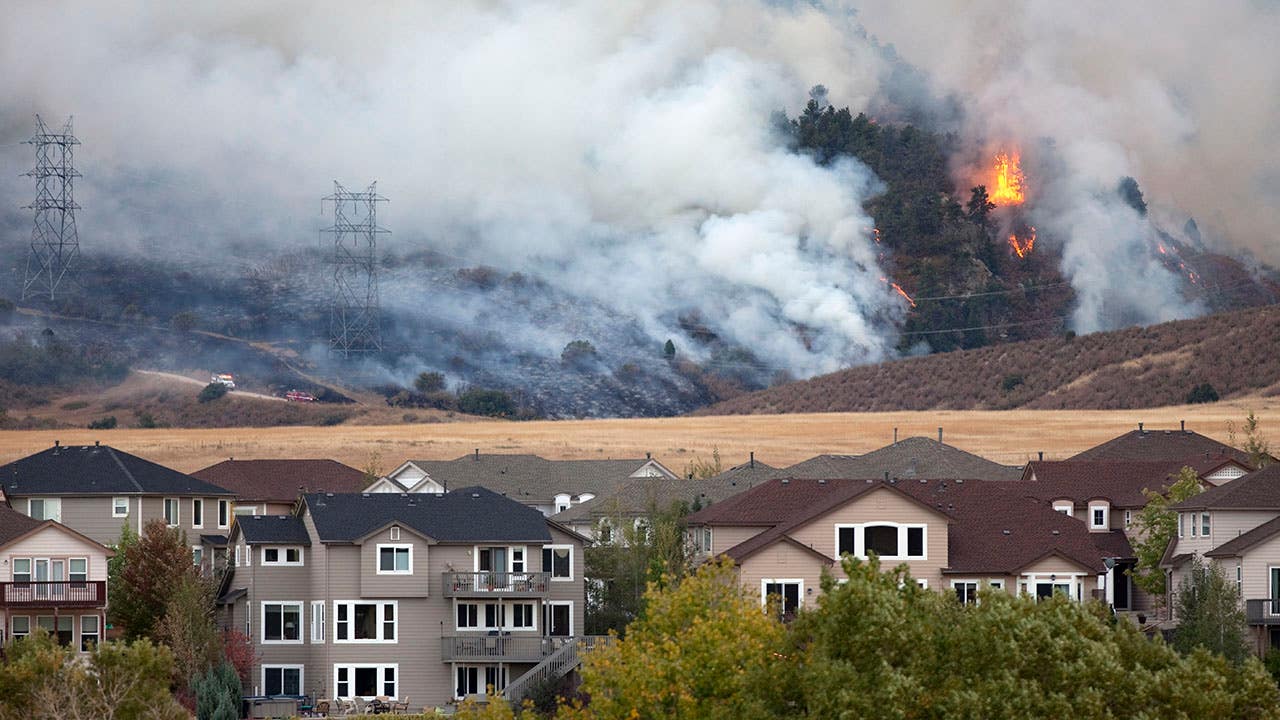
Key takeaways
- Homeowners insurance typically covers wildfire damage, but carriers may limit coverage in areas with high wildfire risk.
- Fair Access to Insurance Requirements (FAIR) plans are state-sponsored insurance options that may help homeowners secure coverage if they live in high-risk areas.
- Creating defensible space, ensuring water access on your property and considering fire risk when landscaping or renovating are all ways to potentially reduce your home's wildfire risk.
- California, Colorado and Texas have the highest number of properties at extreme risk for wildfire damage.
According to a recent report from the United Nations Environment Programme, the number of extreme wildfires worldwide is expected to increase 30 percent by the end of 2050. With more fires burning each year, you may be wondering how your home insurance policy covers wildfire damage. In general, home insurance does typically cover wildfire damage, but if you live in a high-risk fire zone, there could be some caveats.
Does home insurance cover wildfires?
Homeowners insurance policies usually cover damage caused by fires, including wildfires. Regardless of the type of homeowners policy you have, damage caused by fire is almost always covered. That said, some carriers may limit or stop writing coverage in states and regions that are prone to wildfire damage. For example, seven of California’s twelve largest home insurance companies have either paused or greatly limited writing new home insurance policies in the state, in part because of the higher wildfire risk.
Wildfire-related claims can be extraordinarily expensive for insurers to pay out. The Insurance Information Institute (Triple-I) estimates that the economic losses from wildfires, droughts and heatwaves totaled around $20 billion in 2023, while insurance losses from these conditions hovered around $10 billion. If too many carriers are unwilling to take on the risk, homeowners in high-risk fire zones may struggle to find a policy from a private insurance company.
When does homeowners insurance not cover wildfire damage?
Homeowners in areas of the U.S. with a higher risk of wildfire damage may find it more difficult to get coverage for wildfire damage or homeowners coverage in general. Homeowners insurance companies may exclude wildfire damage on a standard insurance policy or be unwilling to write coverage at all in these high-fire-risk areas.
If that is the case where you live, you may need to pursue a state-run insurance option. Fair Access to Insurance Requirements plans, or FAIR plans, are offered by 33 states and Washington, D.C. and may help homeowners in high-risk areas get coverage if they have been denied coverage by private carriers. Although California and Oregon offer state and taxpayer-sponsored FAIR plans, some other states with high wildfire risk, like Nevada and Arizona, do not.
State Farm, the first of the bunch to make waves for pausing new policies in California, made headlines again recently for walking back a previous announcement that it would nonrenew around 30,000 home policies. Now, the company states that it will honor those insurance contracts, but fire will no longer be a covered peril. In order to get wildfire protection, State Farm policyholders in California would need to turn to the FAIR Plan — which is already strained and extremely expensive. Specifically, State Farm policyholders with renewal dates after July 3, 2024, will need to purchase a FAIR Plan coverage.
How to prevent home damage from wildfires
Finding homeowners insurance may be the best course of action to financially protect your home from wildfire damage, but reducing your home’s fire exposure may prevent damage in the first place. The following steps may help you avoid wildfire damage to your home and may even earn you a mitigation discount with some carriers. The following steps may help reduce your home’s wildfire risk:
- Create defensible space: Clearing away flammable materials from the perimeter of your home may prevent wildfire flames from reaching your home’s structure. This may include removing vegetation and debris from around your home and regularly clearing out dead vegetation from your property to eliminate wildfire fuel.
- Ensure water access on your property: Placing visible hoses at regular intervals around your property may help firefighters quickly access water to defend your property and extinguish embers in the event of a wildfire.
- Clearly mark your address: It may seem trivial, but ensuring that firefighters can clearly see your marked address from your road may help them more quickly identify structures to defend in the event of a wildfire.
- Consider fire risk when landscaping or renovating: Certain construction and landscaping materials are far more fire-resistant than others. If you live in a high-risk wildfire area, opting for concrete and stone over wood may help reduce your burn risk. Fire-resistant roofs may also prevent embers from igniting your home. Planting native and drought-resistant plants, as well as employing landscaped firebreaks, may also help reduce your yard’s exposure to fire damage.
Frequently asked questions
-
-
The best home insurance company for homes in high-risk fire areas likely depends on your location, coverage needs and insurance priorities. If you live in an area that experiences wildfires but you have a couple options for private insurers, you may be able to be more selective about choosing a carrier. If you are more limited in your carrier choices, you may have to go with the company that is willing to write a policy for you, likely at a higher cost. Exploring coverage options and quotes from different companies is likely the best way to narrow down the top companies for your insurance needs. If you’re having trouble securing coverage, speaking with an insurance broker who is familiar with the insurance landscape in your area may be beneficial.
-
To financially protect your home, you may not need to purchase extra insurance specifically for wildfires. Instead, you might want to review your dwelling, other structures and personal property structure policy limits and make sure you have adequate coverage.You’ll likely want to read your home insurance policy carefully if you are in a high-risk wildfire area. Your insurer may limit fire coverage to exclude damage from wildfires but still cover other kinds of fire damage, like an accidental kitchen fire. In that instance, you may need to add wildfire insurance as a separate endorsement or purchase standalone coverage through your state’s FAIR plan or a different private carrier.
-
Data from Triple-I lists California, Colorado and Texas as the three states with the most homes at risk for extreme fire damage. California has the highest number of vulnerable homes by far, with over 1.2 million homes at risk for extreme wildfires as of 2023. While California may be the state that first comes to mind when you think of wildfires, wildfires have the potential to occur in nearly every state.
-
You may also like
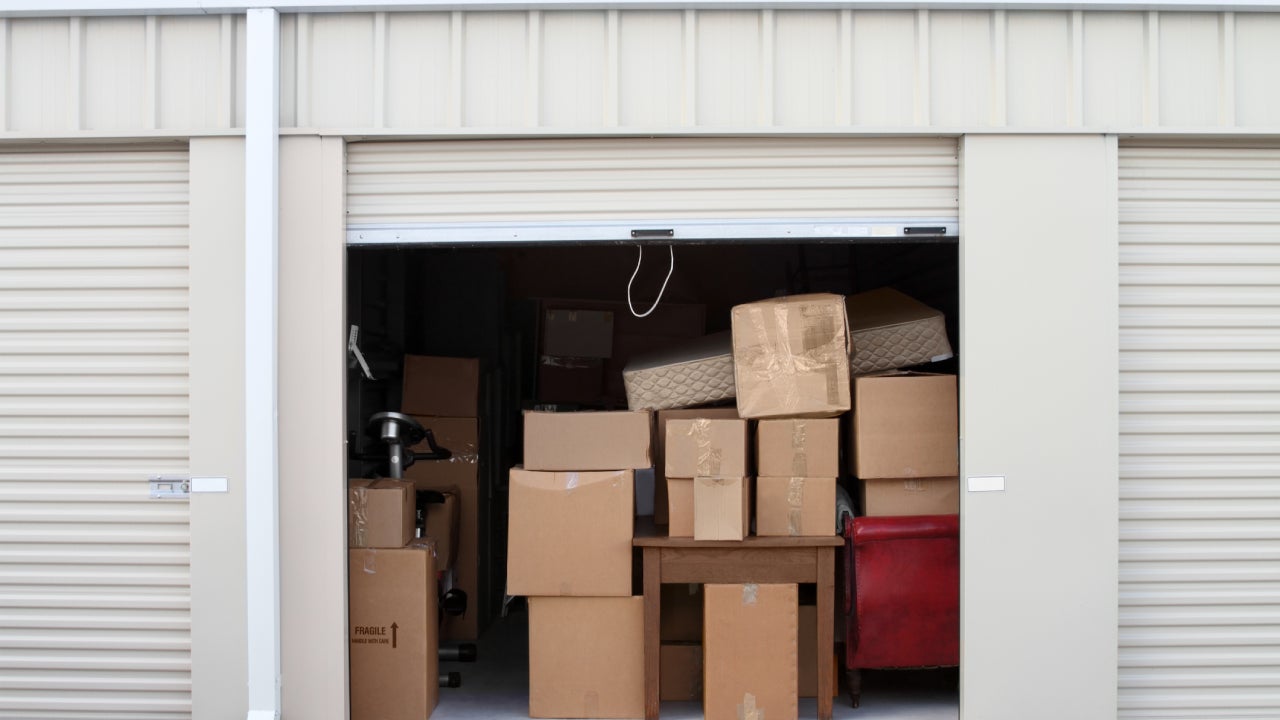
What is storage unit insurance?
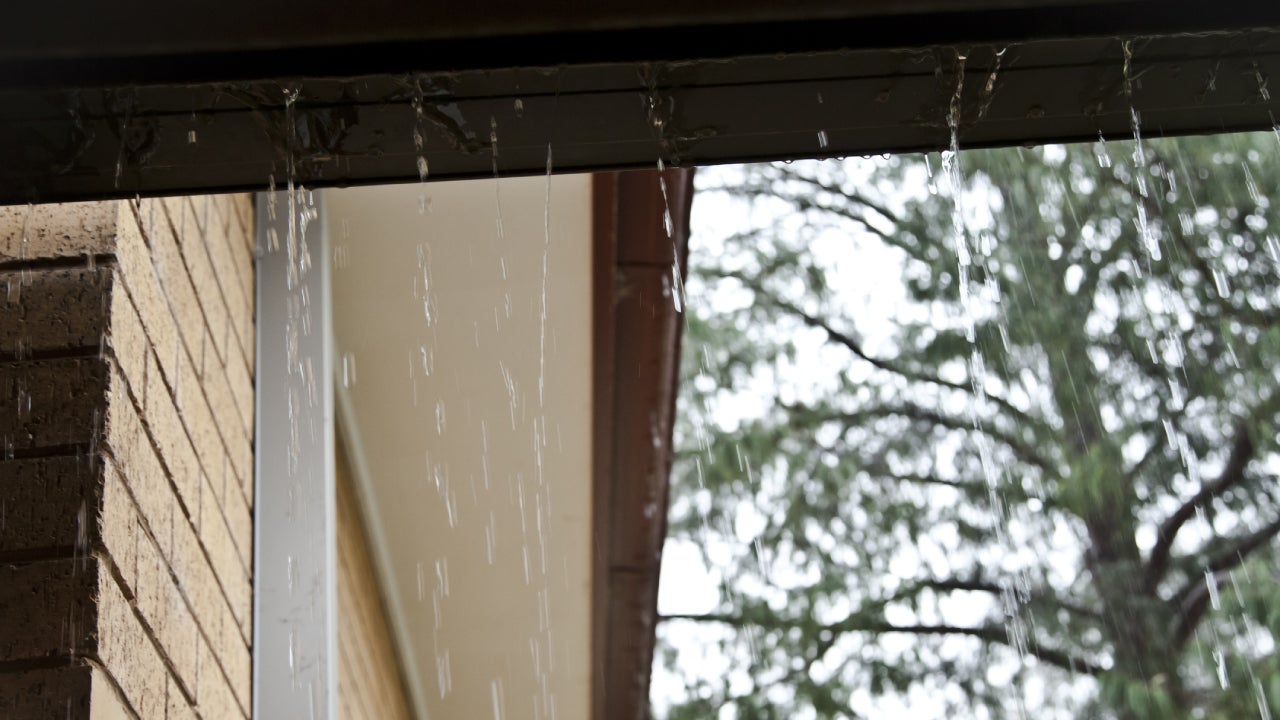
Does homeowners insurance cover roof leaks?
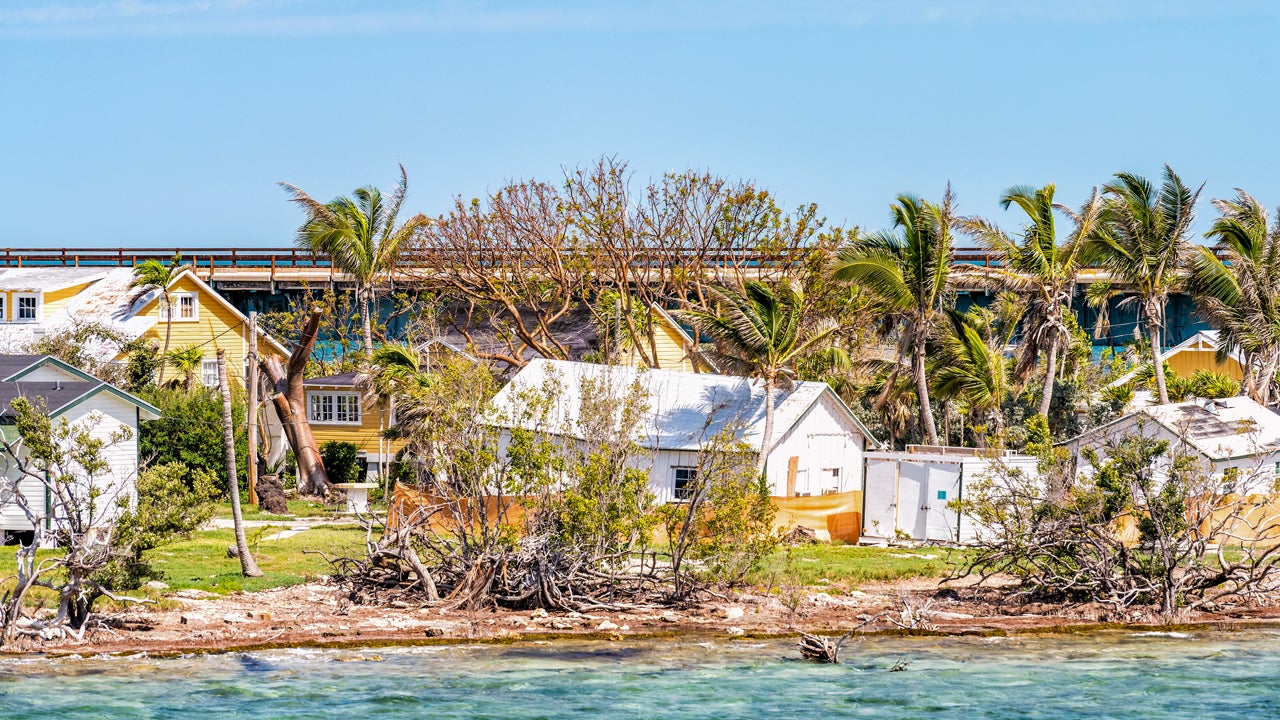
Does homeowners insurance cover hurricane damage?
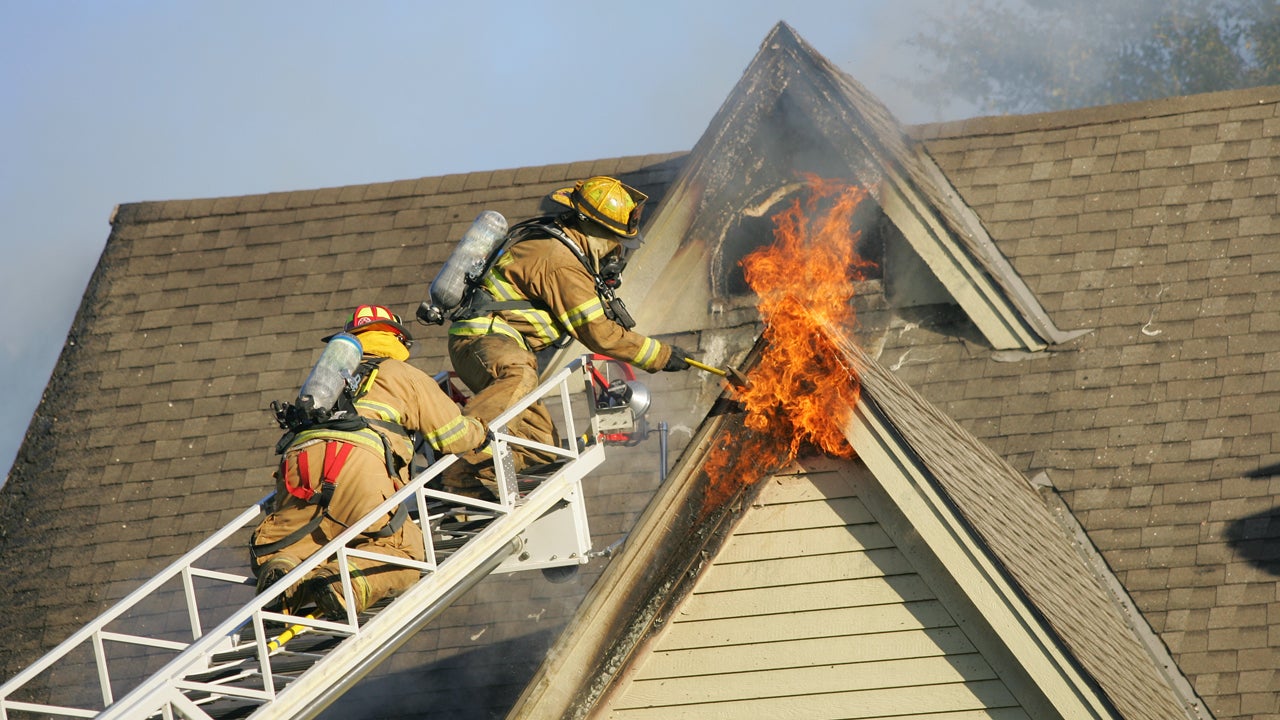
Does homeowners insurance cover fire damage?


